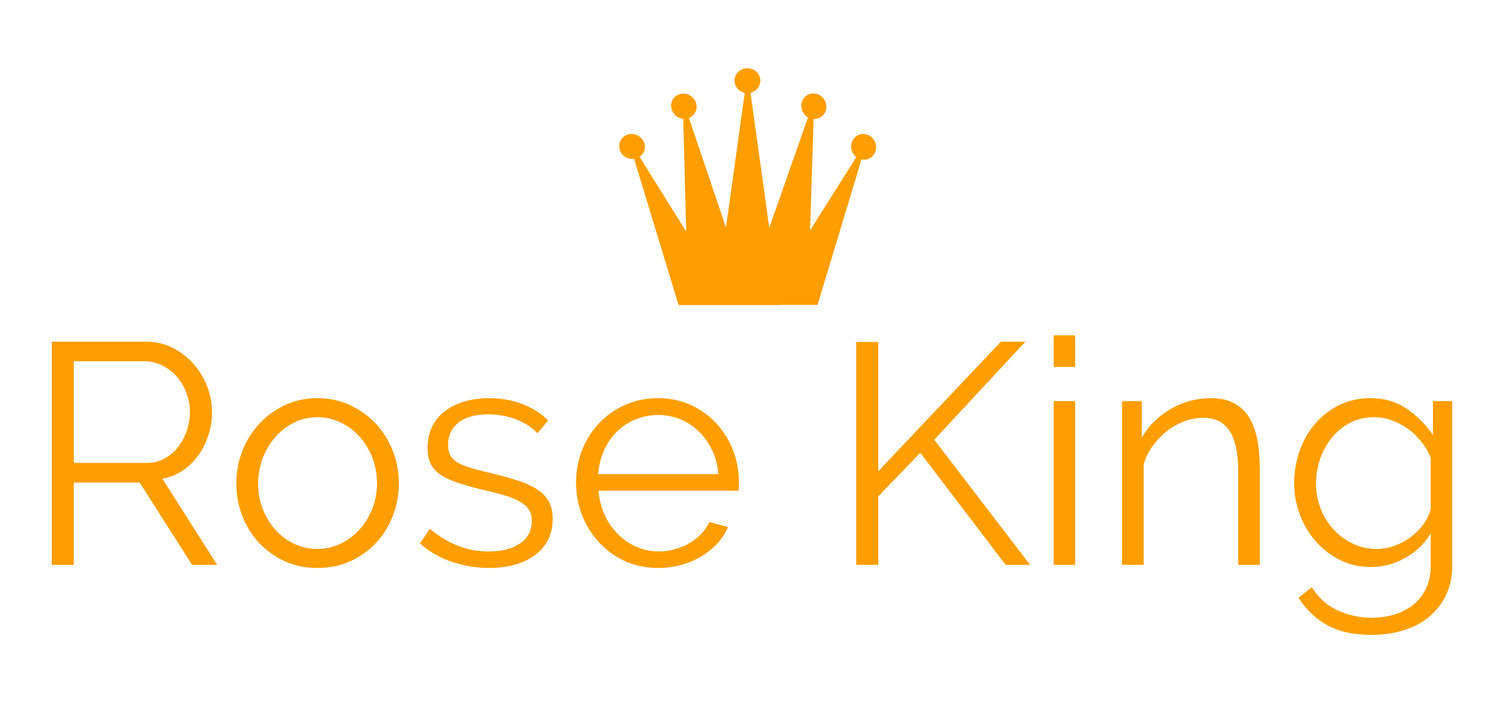Blocking is a theater term. It refers to a plan for how an actor will move during the script. It’s particularly critical for ensemble scenes, but a theater director will make sure every actor knew exactly where they stand and how they’ll move for the entire script. It’s also used in filming movies and tv shows, as shown below.
Sketch of a speaker leaning on his podium. He looks comfortable, at least.
New presenters often cling to the podium, as if letting go would mean floating off into space.
Intermediate speakers pace. Perhaps they have heard they should get out from behind the podium and are trying to move normally. But let’s be honest, not much is normal about being on stage. With tons of nervous energy and no plans for what to do with it, speakers end up pacing like a caged jaguar. This, understandably, can make the audience anxious.
Experienced presenters walk around purposely, not continuously.
Consider your movement as part of the presentation. If you have three points, pick three places on stage you’ll give each point, and use your transition to a new spot as a subtle message to the audience you are transitioning to a new idea.
You don’t want to be a crazy person, pacing from one end of the stage to the other. Your movements should be purposeful and thought out. I’ve seen some great talks where areas of the stage represent logic and emotion, and the center is the set up for the talk, the balance. Or you can just walk the simple triangle I’ve demarcated above, in order to reach out to different parts of the audience. You don’t have to overthink it, just move occasionally and with purpose.
When you arrive at your point, plant yourself.
Planting
When I say plant, it means stand in a way that keeps you still, without shifting your weight, rocking or leaping into another round of pacing.
Play with both. You may find just moving a foot slightly behind you, and turning it makes you much more stable.
I recently taught a course that had a unit on presenting. One of my students planted more comfortably and firmly than anyone I’ve seen. It turns out she had studied ballet, and had a variation of third position she used unconsciously. I’ve adopted this now for my planting. Left foot forward pointing where you are looking, right foot behind it at a slight angle. It’s a stable way to stand and it prohibits rocking as well as pacing, yet allows you to move forward easily when you are ready to make a point.
My previous way to plant was from yoga, and it’s still a go to. It’s called mountain pose. Stand with both feet directly under your hips. If you are rocking or swaying, your feet may be too close or far apart.
Next, sit in. This is a tai chi term for allowing your hips and legs to hold your weight in a stable pose. Often people (especially women) tend to sway back with hips tilted forward pushing the stomach and butt out. This makes you look fat. But if that’s not enough to dissuade you, I can warn you it’s also unsteady.
Tuck hips in and lift up your breast bone straightening your spine. Roll your shoulders back. You can imagine a string at the top of your head pulling you up. Practice this every morning (preferably followed by ten minutes of sun salutations) until you can slide into it naturally.
It’s important to practice standing so you are comfortable. Everyone asks, what should I do with my hands?
Let them fall loosely to your sides, then raise them when you have an appropriate gesture to emphasize a point. Practicing Mountain Pose will make letting your hands just be much easier.
You can see a perfect Mountain Pose plant in this TED talk by John McWhorter. In fact, he plants so completely, he’s almost eerily still.
When rehearsing, if you find yourself pacing, try mountain pose, then move into the modified. See what stabilizes you.
As a side benefit, if you take up yoga/tai chi, it will reduce back issues and curled shoulders brought on by our computer centered lifestyle. A bit of yoga is good for your body as well as your stage poise.






![Don’t use slides as a reminder of what comes next (as in, ‘Oh yeah — the slide w/ the stars. That’s my cue to talk about space’). Instead figure out what you want to say, then build your slide deck. [Photo credit: Kyle Wong]](https://images.squarespace-cdn.com/content/v1/56b15eefb6aa6091b8ce7fc2/1558381268679-QWKDWRJCWN47G45686C9/kyle-wong-146260-unsplash.jpg)
![Can you use your grandfather’s telescope to talk about his dreams for a better future? Concrete items (easily seen from the back of the room) often make the best props. [Photo Credit: Uriel Soberanes]](https://images.squarespace-cdn.com/content/v1/56b15eefb6aa6091b8ce7fc2/1556305172276-IZ7CJF1TZU59A60H8R5K/uriel-soberanes-430087-unsplash.jpg)
![Winging it is, frankly, a bad idea. [Photo credit: Designecologist]](https://images.squarespace-cdn.com/content/v1/56b15eefb6aa6091b8ce7fc2/1535128533434-NWSDX0YBNJTBIQFGRO52/designecologist-600480-unsplash.jpg)
![Affect labeling can help quiet the fear of public speaking. [Photo Credits: Wynand Uys]](https://images.squarespace-cdn.com/content/v1/56b15eefb6aa6091b8ce7fc2/1534379799351-CHD54JJDS4ID1ZGXPXG0/wynand-uys-544345-unsplash.jpg)
![How do I reach an audience that includes many different kinds of people? Read on. [Photo credit: Denise Johnson]](https://images.squarespace-cdn.com/content/v1/56b15eefb6aa6091b8ce7fc2/1532990609203-8OF37C6SFH742NDUUTQ2/denise-johnson-463885-unsplash.jpg)
![Audience size: Your message may not change, but how you deliver it should. [Photo credit: Toni Cuenca]](https://images.squarespace-cdn.com/content/v1/56b15eefb6aa6091b8ce7fc2/1528212793474-HLV8GHMVLB45XTEA5IKN/toni-cuenca-501693-unsplash.jpg)